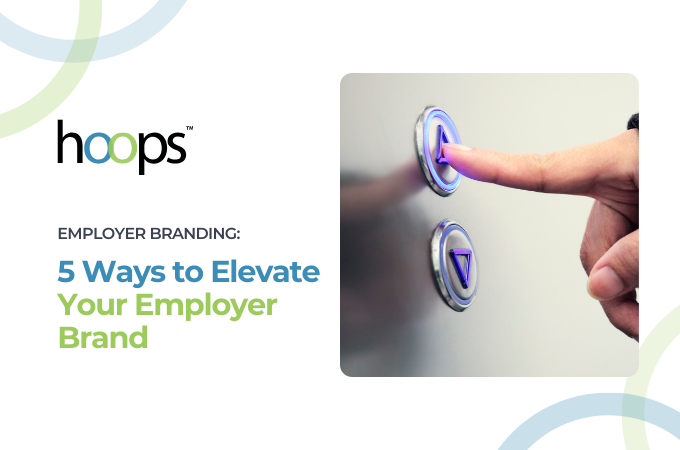In today’s dynamic job market, businesses face a crucial challenge: hiring quickly enough to secure top talent without compromising on quality. A slow hiring process risks losing candidates to competitors, while hasty decisions can lead to costly mismatches. Navigating this balance isn’t just about filling roles—it’s about building a workforce ready to drive future success. By adopting thoughtful strategies and leveraging market insights, companies can streamline their hiring processes without sacrificing the quality of their hires.
Why Balancing Speed and Quality Matters
The Cost of Delays
Unfilled roles don’t just represent missed opportunities—they can cost businesses significantly. Research from McKinsey shows that prolonged vacancies can reduce team productivity by as much as 13%. Moreover, research from CareerBuilder reveals that 60% of job seekers will drop out if communication takes too long. A faster, streamlined process ensures you don’t lose qualified candidates or hinder team performance.
The Risks of Rushed Decisions
On the other hand, rushing to hire without proper evaluation can result in poor cultural alignment or inadequate skill matches. Research from SHRM highlights that a bad hire can cost up to 30% of that employee’s annual salary in turnover expenses, training, and lost productivity. Quality hires contribute positively to your company culture, employee morale, and long-term success.
The Key Benefits of Balancing Speed and Quality
- Increased Organizational Resilience
Companies that refine their hiring processes to prioritize both speed and quality are better prepared to respond to changing market needs. This balance ensures roles are filled with qualified, adaptable candidates who can drive immediate results. - A Stronger Employer Brand
An efficient, well-executed hiring process reflects positively on your company, making you more attractive to future candidates. According to Glassdoor, 86% of job seekers base their perception of a company on their hiring experience. - Cost Savings
Balancing speed and quality reduces expenses related to vacancies, turnover, and failed hires. BambooHR found that improving the efficiency of hiring processes increased retention rates by up to 23%, which helps avoid significant recruitment and training costs.
Strategies to Perfect Your Hiring Process
- Leverage Market Insights
Start every hiring process with data. Tools like Hoops’ Market Analysis Reports pinpoint salary ranges, hiring difficulty, and competitive offerings. For example, if you discover your salary is 10% below the market average, adjust your budget to attract qualified candidates before launching your search. Insights like these allow you to make informed decisions upfront, eliminating delays caused by misaligned expectations or underwhelming candidate interest. - Embrace Technology for Efficiency
Automate repetitive tasks to save valuable time. AI-driven platforms can sort through resumes in minutes, flagging candidates whose skills and experience match your needs. Video interviewing platforms and automated scheduling tools enhance efficiency, enabling you to focus on the most promising candidates without delaying timelines. For instance, companies using AI see a 23% improvement in time-to-hire while maintaining quality standards, according to McKinsey. - Prioritize Collaboration
Establish clear expectations with your team before launching the hiring process. Create a shared document outlining must-have skills, cultural alignment factors, and deal-breakers for the role. Schedule weekly check-ins to align hiring managers and recruiters on progress and adjustments. For example, if feedback during screening reveals a gap in qualified candidates, your team can quickly revise the job posting or expand sourcing channels rather than lose weeks on a stagnant pipeline. - Adopt Flexible Recruitment Strategies
Challenge assumptions that limit your candidate pool. If you’re struggling to fill a position, consider whether your requirements are too rigid. For example, replace “Master’s degree required” with “relevant experience preferred,” or open the role to hybrid or remote options. McKinsey research highlights that companies offering flexibility see a 22% increase in qualified applications. Adjusting your strategy can dramatically improve outcomes without prolonging timelines. - Partner with Experts
Leverage partnerships to overcome hiring bottlenecks. Hoops offers a combination of technology and people expertise to accelerate your hiring process. For instance, Hula AI ranks candidates based on key qualifications while our team manages sourcing, screening, and communication—freeing your team to focus on decision-making. Collaborating with experts ensures you meet your hiring goals without sacrificing quality or overburdening internal resources.
Future-Ready Hiring Starts Here
Balancing speed and quality is no longer optional—it’s essential for building a workforce that can adapt and thrive in an ever-changing market. By leveraging data-driven insights and adopting flexible strategies, your company can attract top talent without compromising on quality.
At Hoops, we’re here to help. From market insights to cutting-edge hiring solutions, we’re committed to supporting your team’s success.
Simplify hiring. Amplify growth. Visit us at hoopshr.com or call 877-262-7358 to learn more!
#yourbesthire







